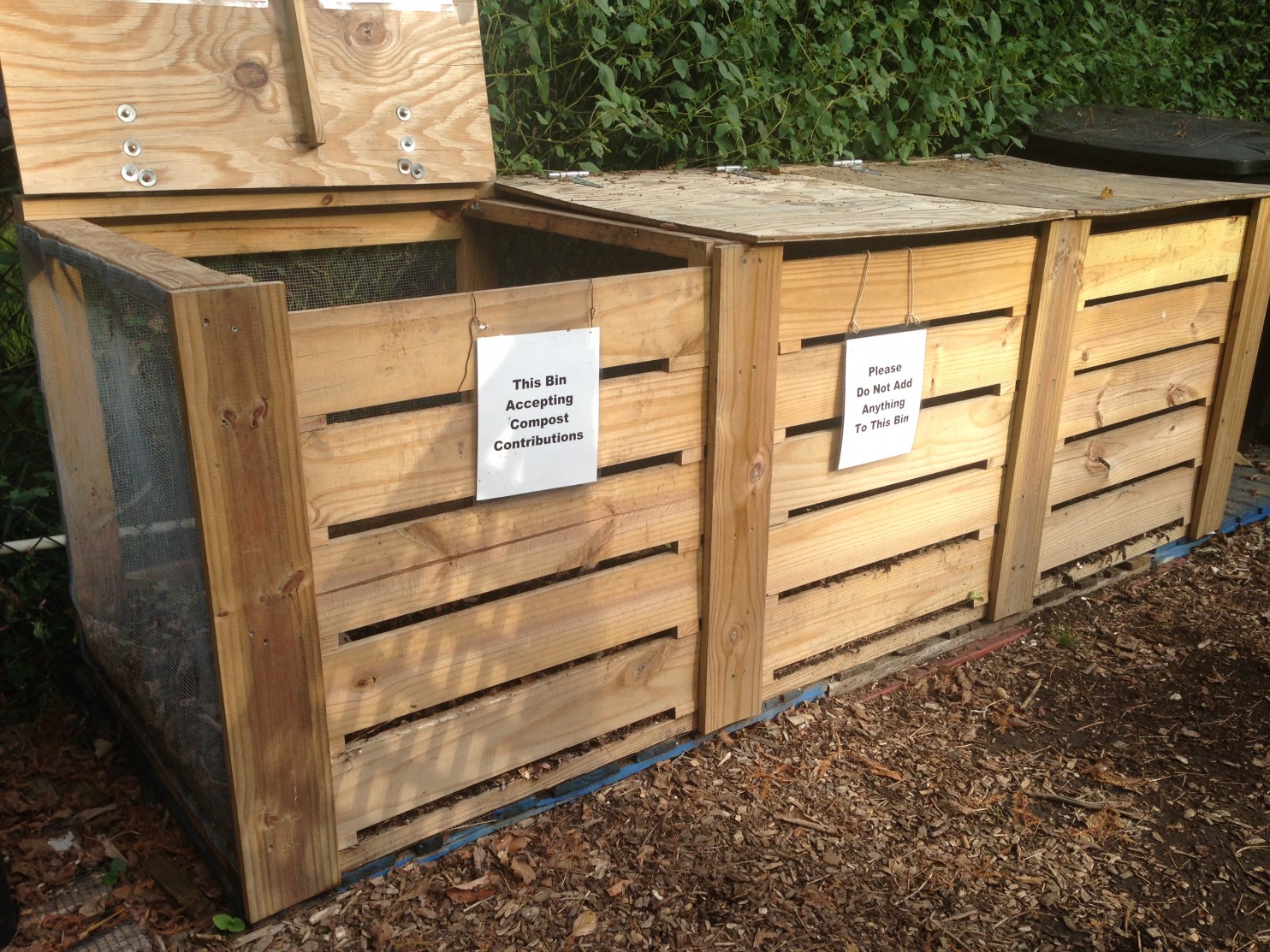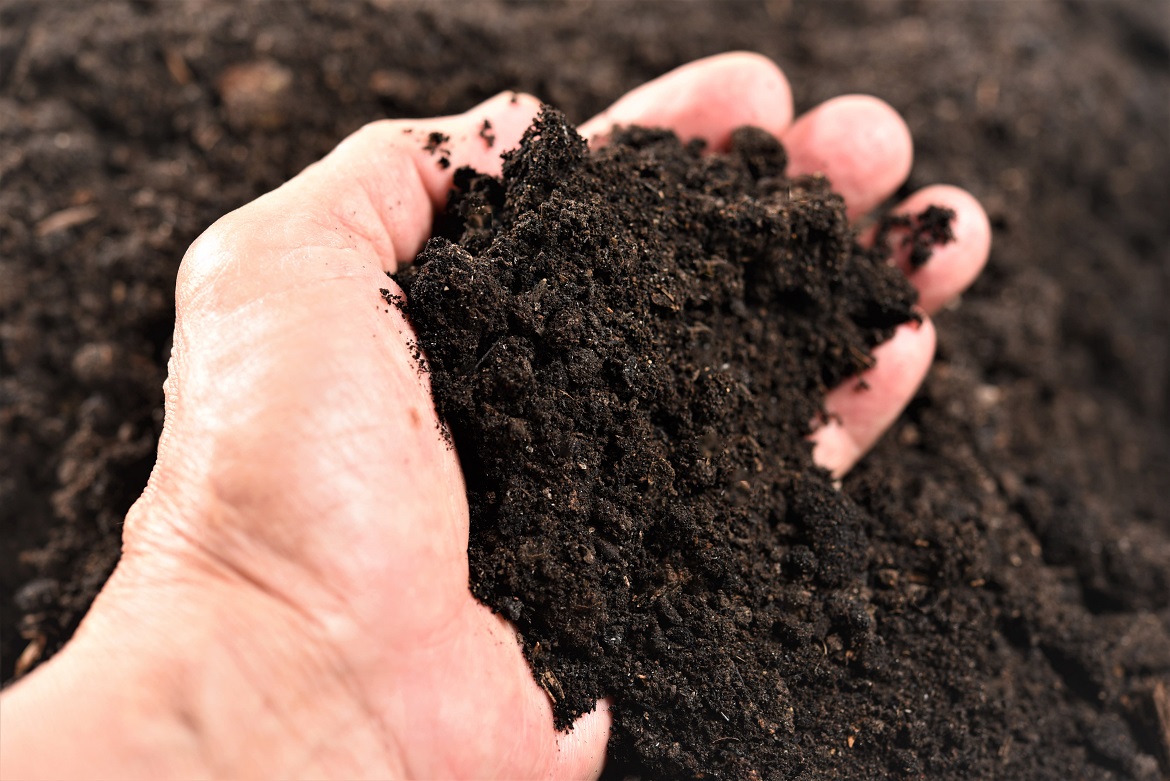How to Make Compost: Sustainable Gardening for a Greener Future

Imagine transforming your garden waste into a rich, nutrient-dense resource that boosts soil fertility and reduces your environmental footprint. Welcome to the world of composting, where sustainable gardening meets eco-friendly waste management. Whether you're a seasoned gardener or a novice looking to make a difference, learning how to make compost is a game-changer. Let's dive into the art and science of composting and discover how you can turn your garden waste into black gold.
Understanding Compost: The Basics
Composting is a natural process that converts organic matter into a nutrient-rich soil amendment. By mimicking nature's recycling system, you can enhance soil fertility, reduce waste, and promote eco-friendly gardening. But what exactly is compost, and why is it so beneficial?
What is Compost?
Compost is the end product of decomposed organic materials, such as leaves, grass clippings, and food scraps. It's a dark, crumbly substance that resembles soil but is teeming with beneficial microorganisms and nutrients. Think of it as a superfood for your plants, providing them with essential nutrients and improving soil structure.
Benefits of Composting
Composting offers a multitude of benefits for your garden and the environment:
- Improves Soil Fertility: Compost enriches the soil with vital nutrients, promoting healthier plant growth.
- Enhances Soil Structure: It improves soil texture, aeration, and water retention, creating a better environment for plant roots.
- Reduces Waste: By composting garden waste and food scraps, you divert organic matter from landfills, reducing methane emissions.
- Promotes Sustainable Gardening: Composting is a key component of eco-friendly gardening, helping you create a self-sustaining ecosystem in your backyard.
Getting Started: Essential Tools and Ingredients
Before you embark on your composting journey, you'll need a few essential tools and ingredients. Here's what you need to get started:
Compost Bin
A compost bin is a container designed to hold and facilitate the decomposition of organic materials. You can choose from various types, including:
- Plastic Bins: Affordable and easy to use, plastic bins are a popular choice for beginners.
- Wooden Bins: These bins are often more aesthetically pleasing and can be integrated into your garden design.
- Tumblers: Compost tumblers make it easy to mix and aerate your compost, speeding up the decomposition process.
Ingredients for Compost
The key to successful composting lies in the right mix of ingredients. You'll need a balance of "greens" and "browns":
- Greens: These are nitrogen-rich materials, such as grass clippings, fruit and vegetable scraps, and coffee grounds.
- Browns: These are carbon-rich materials, such as dried leaves, straw, and shredded paper.
Additional Tools
- Pitchfork or Shovel: For turning and aerating your compost pile.
- Garden Gloves: To protect your hands while handling organic materials.
- Watering Can: To keep your compost pile moist.
The Composting Process: Step-by-Step Guide
Now that you have your tools and ingredients, let's dive into the composting process. Follow these steps to create your own nutrient-rich compost:
Step 1: Choose a Location
Select a spot in your garden that is easily accessible and has good drainage. A shady area is ideal to prevent the compost from drying out too quickly.
Step 2: Layer Your Ingredients
Start by layering your greens and browns in your compost bin. Aim for a ratio of about 1 part greens to 2 parts browns. This balance ensures that your compost pile has the right carbon-to-nitrogen ratio for efficient decomposition.
Step 3: Add Water
Moisten your compost pile with a watering can. The ideal moisture level is similar to a wrung-out sponge—not too wet, not too dry.
Step 4: Turn the Pile
Use a pitchfork or shovel to turn your compost pile every few weeks. This aerates the pile and speeds up the decomposition process. If you're using a tumbler, simply rotate it to mix the contents.
Step 5: Monitor and Adjust
Keep an eye on your compost pile and make adjustments as needed. If it's too dry, add more water. If it's too wet, add more browns. If it smells bad, it might need more aeration or a better balance of greens and browns.
Step 6: Harvest Your Compost
After several months, your compost should be ready. It will be dark, crumbly, and have a pleasant, earthy smell. Use it to enrich your garden soil, and watch your plants thrive.
Troubleshooting Common Composting Issues
Composting is a straightforward process, but you might encounter a few hiccups along the way. Here are some common issues and how to address them:
Foul Odors
If your compost pile smells bad, it could be due to a lack of oxygen or an imbalance of greens and browns. To fix this:
- Turn the Pile: Aerate your compost by turning it with a pitchfork or shovel.
- Add Browns: If the pile is too wet or has too many greens, add more browns to balance it out.
Pests and Critters
If you notice pests or critters in your compost pile, it might be attracting them with food scraps. To deter pests:
- Bury Food Scraps: Dig a small hole in the center of your pile and bury food scraps to keep them out of reach.
- Cover the Pile: Use a lid or tarp to cover your compost bin and keep pests out.
Slow Decomposition
If your compost pile isn't breaking down as quickly as you'd like, consider the following:
- Check Moisture Levels: Ensure the pile is moist but not waterlogged.
- Turn the Pile: Aerate the pile regularly to speed up decomposition.
- Add More Greens: If the pile is too dry or has too many browns, add more greens to balance it out.
Advanced Composting Techniques
Once you've mastered the basics of composting, you might want to explore advanced techniques to optimize your results. Here are a few methods to consider:
Vermicomposting
Vermicomposting involves using worms to break down organic materials. This method is ideal for small spaces and produces a highly nutrient-rich compost called vermicast.
Bokashi Composting
Bokashi composting is an anaerobic process that uses beneficial microorganisms to ferment organic waste. This method is great for indoor composting and can handle a wider range of food scraps, including meat and dairy.
Hot Composting
Hot composting involves building a large compost pile that generates enough heat to kill weed seeds and pathogens. This method is ideal for large-scale composting and can produce finished compost in as little as a few weeks.
Conclusion: Embrace Sustainable Gardening
Learning how to make compost is a rewarding journey that benefits both your garden and the environment. By transforming garden waste into a valuable resource, you're embracing eco-friendly gardening and promoting a sustainable future. So, why not give composting a try? Your plants—and the planet—will thank you.
FAQs
1. How long does it take to make compost?
The time it takes to make compost can vary depending on the method and conditions. Traditional composting can take several months to a year, while hot composting can produce finished compost in as little as a few weeks.
2. Can I compost meat and dairy products?
Meat and dairy products are generally not recommended for traditional composting as they can attract pests and create foul odors. However, they can be composted using the Bokashi method, which is designed to handle a wider range of food scraps.
3. How do I know when my compost is ready?
Your compost is ready when it is dark, crumbly, and has a pleasant, earthy smell. It should resemble rich soil and have no recognizable remnants of the original organic materials.
4. Can I add weeds to my compost pile?
Weeds can be added to your compost pile, but it's important to ensure they are fully decomposed to prevent them from spreading in your garden. Hot composting is an effective method for killing weed seeds.
5. What should I do if my compost pile is too wet?
If your compost pile is too wet, you can add more browns, such as dried leaves or shredded paper, to absorb excess moisture. Additionally, turning the pile can help improve aeration and drainage.


0 Response to "How to Make Compost: Sustainable Gardening for a Greener Future"
Post a Comment